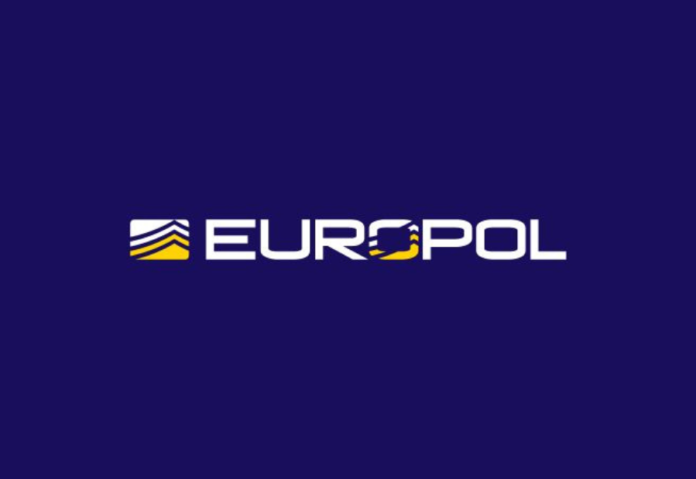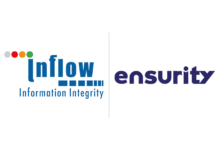Many people are searching for presents for their loved ones as the holidays get near. We’re also searching for good bargains because we somehow decided we want to give more every time.
However, Europol, a European law enforcement body, warned against purchasing counterfeit goods. Although they are less expensive, they do have a drawback.
About 86 million counterfeit goods were seized in the EU in 2022 alone, with an estimated total worth exceeding EUR 2 billion (US$ 2.1 billion), according to Europol’s study “Uncovering the ecosystem of intellectual property crime.”
This ecosystem not only gives consumers inferior products, but it also makes crimes like money laundering, cybercrime, intellectual property (IP) crime, and environmental crime possible.
Innovation is propelled by intellectual property. Criminals don’t manufacture anything new; instead, they make low-quality replicas of well-known products, disregarding environmental rules, labour conditions, and product safety. Counterfeiters are only coming up with new ways to take advantage of customer demand for pirated and counterfeit goods.
The report states: “The rise of social media, influencers, and online commerce has changed consumers’ behaviour, increasing their appetite for IP-infringing goods or content while having a low awareness of risks.”
The algorithms used by social media platforms to reach prospective customers with tailored advertisements that appeal to their individual interests and preferences are completely abused by criminals. After automatic reviews, these are frequently eliminated.
Influencers are therefore another important factor in the promotion of fake goods. Influencers may use their platforms to drive consumers to product listings on websites that circumvent security measures regarding fake advertisements.
Additionally, you are unknowingly aiding cybercriminals who commit fraud, corruption, labour exploitation, environmental crime, money laundering, and cybercrime by purchasing counterfeit items.
Conversely, IP crime is a low-risk, high-benefit criminal activity due to the likelihood of being caught and the comparatively light punishments.
But sometimes consumers are unaware that they are purchasing fake goods. Unaware consumers are more vulnerable to deception than ever before due to the use of advanced technologies that mimic holograms, logos, and packaging. Identifying counterfeit goods has become a task that calls for specialized knowledge and an experienced eye.
How to avoid counterfeit goods
However, there are some guidelines to follow in order to prevent purchasing fake goods.
- Purchase from the brand’s own store whenever you can. If that isn’t possible, search for authorized merchants. On their websites, numerous brands post lists of approved merchants. Additionally, a few of the bigger online retailers include “Authenticity Guarantee” labels to their listings.
- Use the adage “If it’s too good to be true, it probably is” when it comes to pricing.
- A genuine online store should outline consumer rights, provide contact details, and appear professional.
- Examine ads on chat platforms, influencer networks, and social media with a little more vigilance.
- Check for customer reviews. Curiously, if there are consistently negative reviews of the business and product—or none at all—that can be a warning sign.
In the event that you need to get your money back, at least use a protected payment page and, if possible, your credit card if you’re not entirely convinced about the goods or the website.
In the event that you purchased a fake item:
- Before using it, pause and consider whether it is safe to use. The producing materials are probably inferior and may be harmful to your health.
- Notify the authentic brand and the platform where you made the transaction about it.
- Inform the appropriate authorities about it.
Also read: Viksit Workforce for a Viksit Bharat
Do Follow: CIO News LinkedIn Account | CIO News Facebook | CIO News Youtube | CIO News Twitter
About us:
CIO News is the premier platform dedicated to delivering the latest news, updates, and insights from the CIO industry. As a trusted source in the technology and IT sector, we provide a comprehensive resource for executives and professionals seeking to stay informed and ahead of the curve. With a focus on cutting-edge developments and trends, CIO News serves as your go-to destination for staying abreast of the rapidly evolving landscape of technology and IT. Founded in June 2020, CIO News has rapidly evolved with ambitious growth plans to expand globally, targeting markets in the Middle East & Africa, ASEAN, USA, and the UK.
CIO News is a proprietary of Mercadeo Multiventures Pvt Ltd.






